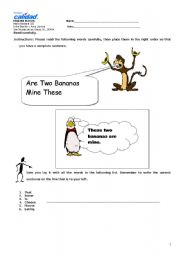
|
place the words in the correct order
Here I�m stressing the use of countable and uncountables, but also of demonstrative pronouns
Level: intermediate
Age: 7-17
Type: worksheet
Downloads: 1
|
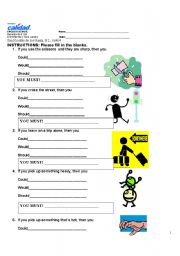
|
conditionals and the use of could, would, should and must
This worksheet is designed so that students, without knowing a lot of vocabulary, but the elementary, can distinguish the ideas behind could, would, should and must.
Level: elementary
Age: 7-17
Type: worksheet
Downloads: 27
|
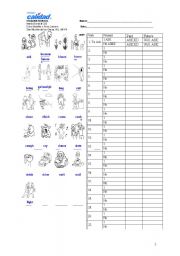
|
present, past and future simple conjugation
Compare the simple present, past and future conjugations of different verbs
Level: elementary
Age: 6-17
Type: worksheet
Downloads: 13
|
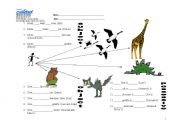
|
object, subject, possessives and demonstrative pronouns
Worksheet designed to test the correct use of the object, subject, possessive and demonstrative pronouns.
Level: intermediate
Age: 7-17
Type: worksheet
Downloads: 15
|
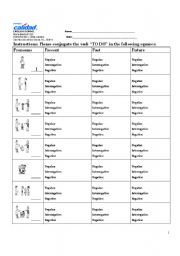
|
verb TO DO conjugation worksheet
Hope this can be useful. I particularly like the fact that the pronouns are explained with images.
Level: elementary
Age: 7-17
Type: worksheet
Downloads: 1
|
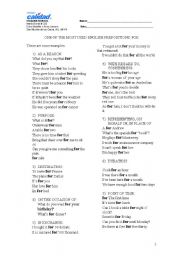
|
Preposition For List of examples and uses
This is a simple list, that I hope will allow students to see the use of one of the most frecuently used prepositions in English
Level: intermediate
Age: 10-17
Type: grammar-guide
Downloads: 11
|
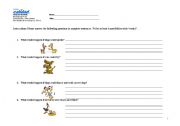
|
Exploring the possibilities
I expect to use this worksheet for my elementary level ss. in orther to introduce the use of possibilities and probability in language. Maybe you can find more uses.
Level: elementary
Age: 6-17
Type: worksheet
Downloads: 4
|
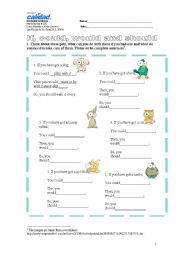
|
conditionals
this worksheet is a simple exercise to practice the conditionals. I intend to use it with the small kids, also they can learn vocab on pets.
Level: elementary
Age: 6-17
Type: worksheet
Downloads: 10
|
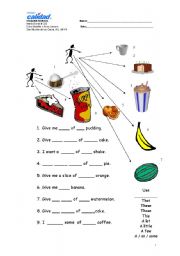
|
Demonstratives and countable and uncountable pronouns
Worksheet that tests the use of this that these those and a an some, a little & a lot.
Level: intermediate
Age: 7-17
Type: worksheet
Downloads: 15
|
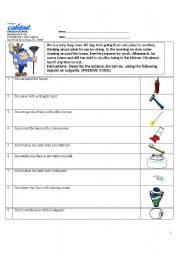
|
passive voice worksheet
Usefull American English vocabulary also.
Level: elementary
Age: 7-17
Type: worksheet
Downloads: 2
|